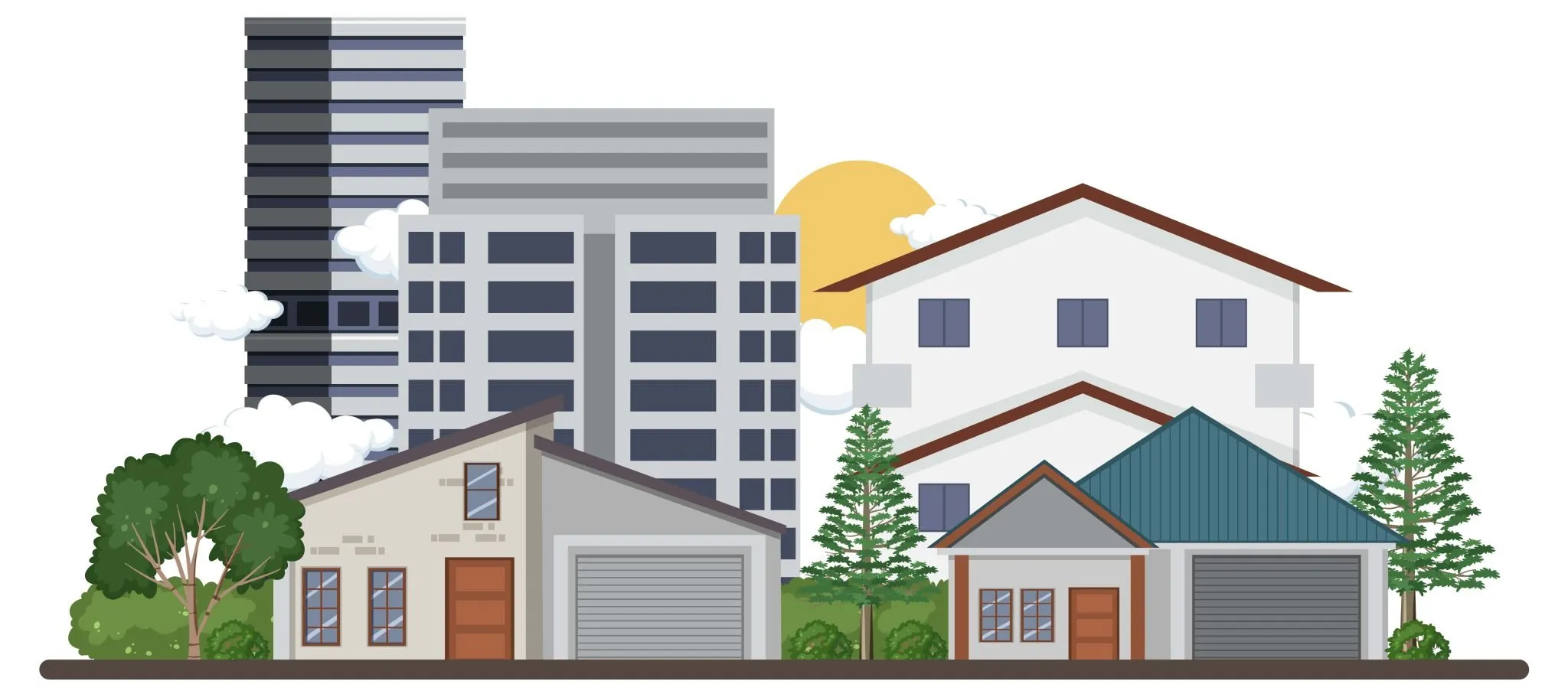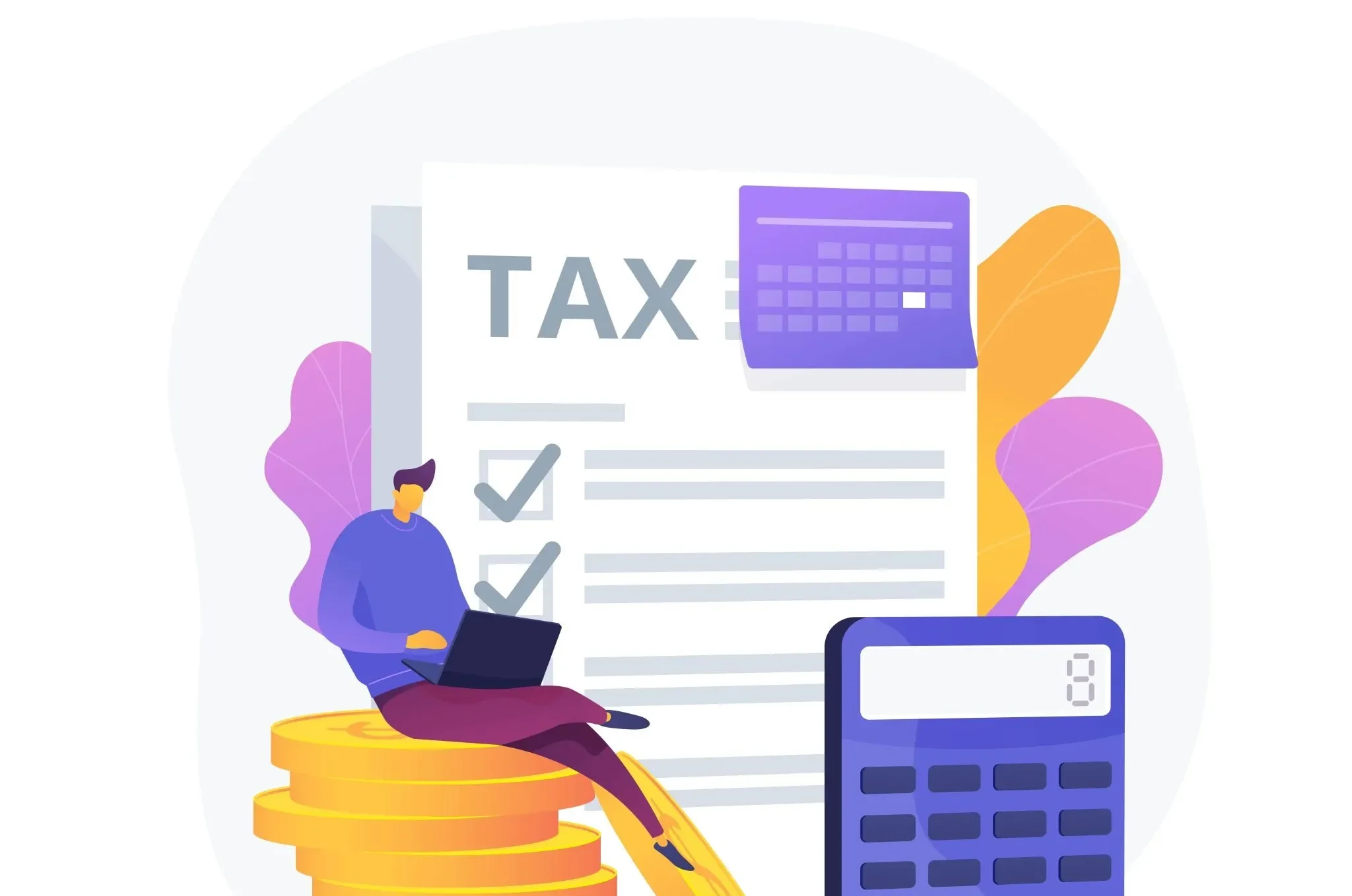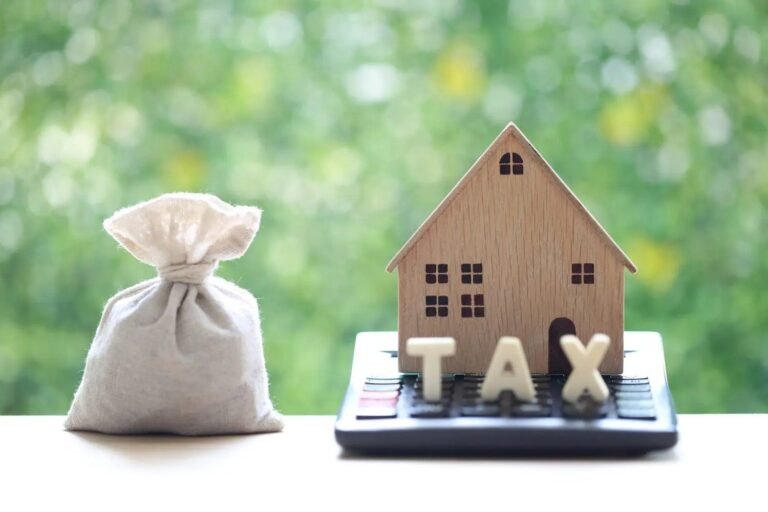Any Capital Gain Tax owed on the sale of a second home on or after April 6, 2020, must be paid within 30 days of the completion of the sale. When a UK resident sold property with a capital gain, that tax was previously due on or before January 31 following the end of the tax year in which the gain was realised.
The information that needs to be provided within 30 days of the completion of the sale includes the following:
1. Acquisition date
2. Information about direct cost and other deductible cost relating to the property.
3. Total income of the individual.
We will now explore more on the Capital gain computation on the sale of home and reliefs available in detail.
Capital Gain on sale of residential Property

A capital gain occurs whenever an individual realises a profit upon the sale or other transfer of an asset classified as capital. Again, using broad terms, profit is the money left over after expenses have been deducted. When a chargeable person disposes of a chargeable asset, they will incur a charge to capital gains tax.
Residential property is a chargeable asset for the computation of the capital gain tax. However, if you sell your residential home, you might get a relief from having to pay the capital gain tax.
The rate of capital gain tax is as follows:
|
Chargeable Asset |
Capital gain tax rate |
|---|---|
|
Residential Property |
|
|
- Basic Rate taxpayer |
18% |
|
- Higher or additional rate taxpayer |
28% |
|
Other Asset |
|
|
- Basic Rate taxpayer |
10% |
|
- Higher or additional rate taxpayer |
20% |
All the taxpayers have an annual capital gains tax allowance, which means tax will not be charge up to that amount of capital gain.
From April 2023, the Capital gain tax allowance will be £6,000 and further reduced to £3,000 from April 2024. The capital gain tax allowance previously was £12,300.
Private Residence Relief
If a taxpayer sells their only or main residence, PRR may exempt all or part of the gain arising.

The term private residence means a dwelling house and includes any relevant buildings within the main house. The relief also covers a garden of up to half a hectare (including the site of the house), or larger if required for reasonable enjoyment of the property.
The amount of the relief available is.
Gains X Period of occupation of property/Period of ownership = Private Residence Relief
Occupation includes both actual and deemed occupation
The last nine months of ownership always count as deemed occupation as long as the house was occupied at some point by the taxpayer.
In conclusion, if you sell your main home where you have lived all the time, you will not have to pay Capital gains tax.
Maximize Your Property Gains with "Private Residence Relief ". Explore our article for expert guidance and tips."
Reduce the Capital gain tax on sale of second home
Capital Gains Tax (CGT) is a tax on the profit made from selling certain assets, such as property, shares, or other investments.
Stay ahead of the competition and know the applicable tax on your capital gains using our Capital Gains Tax Calculator!
If you sell a second home in the UK, you will need to pay capital gains tax on second property on the profits you make.
Here are some ways to reduce the CGT on the sale of a second home:
Annual Exemption
As discussed, the annual exemption is a tax-free allowance that individuals have for capital gains tax purposes. For the tax year 2023/24, the annual exemption is £6,000, which means that total gains made in the tax year up to this amount are exempt from CGT.
However, any unused annual exemption is lost and cannot be carried forward or transferred to another person. It's important to plan your disposals and take advantage of the annual exemption before it reduces to £3,000 from 6 April 2024.
Private Residence Relief with more than one Residence
We will now look into how we deal with the situation where an individual has more than one private residence available for them to use as a home at any given time.
If no action is taken, HMRC will determine which of the two properties should be considered the principal private residence for CGT purposes. Typically, the property that is most frequently used as a residence will be considered the primary residence.
However, the taxpayer may opt to designate one of the residences as their principal residence for purposes of capital gains tax.
If a taxpayer wishes to designate one of their residences as their primary residence, they must do so within two years of the date from which they had two residences. The individual must actually reside in both properties in order to make the selection.
This means that if a taxpayer owns two properties, one of which is their primary residence and the other is rented out, the primary residence will be automatically eligible for PRR, and no nomination will be possible.
The taxpayer will typically designate as their primary residence the asset that has the highest capital gain. A taxpayer's primary residence is not required to be the one at which they spend the majority of their time.

Letting Relief
Another area to look at while selling the second home is the possibility of the Letting Relief.
Letting Relief is available where part of a dwelling house is the individual’s main residence, and another part of the house is let out as residential accommodation.
As the tenant has the exclusive right to the part of the property, Private Residence Relief will not be allowed on that part of the property but letting relief will be.
Letting Relief is the lower of the following:
- Capital Gain attributable to the let out part.
- Private Resident Relief
- £40,000
Deduct Allowable Costs
You can deduct certain costs from taxable gains to reduce the CGT you pay on your property, including:
- Stamp Duty paid when buying the property
- Estate agents’ fees
- Solicitors’ fees
- Certain other buying and selling costs, e.g. surveyor
- Costs for improvements to the property, e.g. an extension, kitchen upgrade, etc.
You cannot deduct costs for the maintenance of the property or mortgage interest. It's important to keep a record of all the costs incurred to support your claim.
In summary, if you have lived in the property as your main residence for the entire period of ownership, you may be able to claim Private Residence Relief.
You can also deduct certain costs from taxable gains to reduce the CGT you pay on your property. It's important to keep a record of all the costs incurred to support your claim.
Transfer of Ownership
You may be able to transfer ownership of the property to a spouse or civil partner, who may have a lower tax rate or be able to use their CGT allowance.
Remember that the rules and regulations surrounding CGT can be complex, and the tax implications of selling a second home can vary depending on your individual circumstances.
It is always advisable to seek professional advice from a tax expert or accountant to ensure that you are taking advantage of all the available reliefs and allowances.
Conclusion: Navigating Capital Gains Tax on Second Home Sales
Understanding UK Capital Gains Tax (CGT) is vital for those selling second homes, particularly since the changes on 6th April 2020. CGT must now be settled within 30 days of sale completion, hastening the need for swift acquisition, cost, and income details.
CGT applies to asset sale profits, with rates varying based on the taxpayer's status. Key relief includes Private Residence Relief, reducing or erasing tax liabilities, with distinctions between primary and secondary residences.
To optimise second home CGT, explore strategies like using annual exemption, Letting Relief, and deducting allowable costs from gains. Transferring ownership to a spouse may offer tax benefits.
The complex CGT landscape requires staying updated and seeking advice. Tailored approaches and informed decisions can adeptly manage CGT liabilities, aligning with shifting tax rules. tax requirements.









